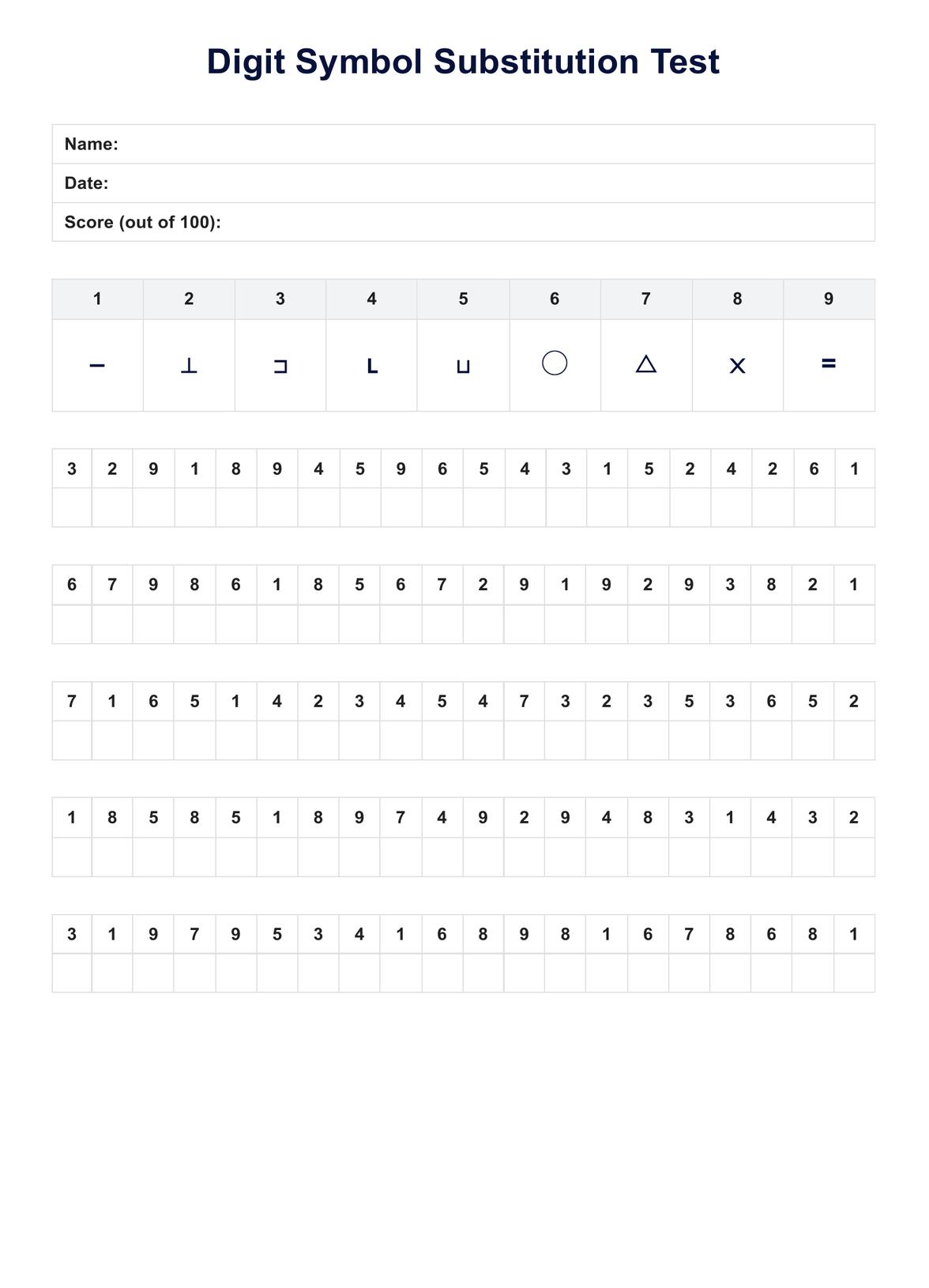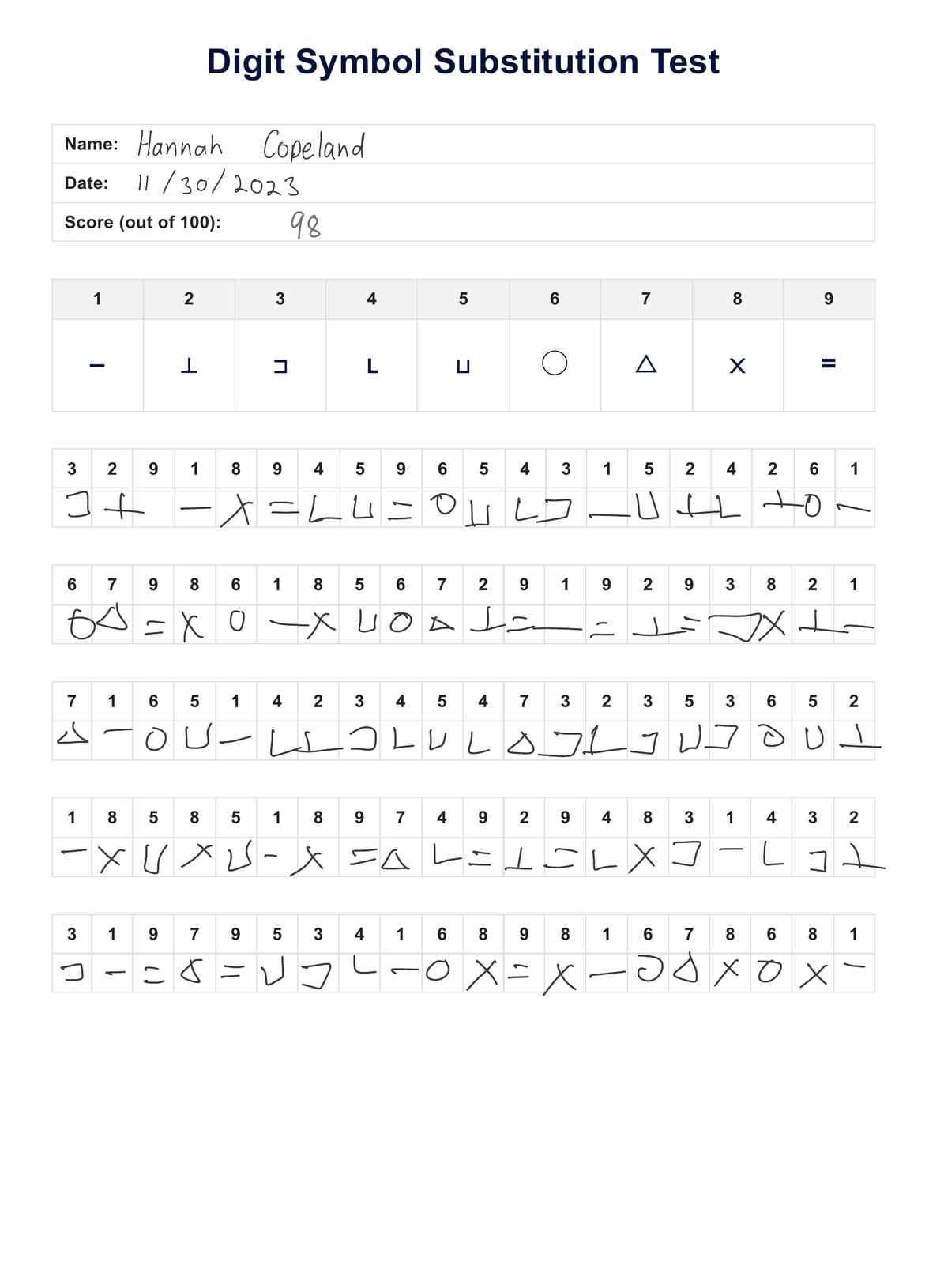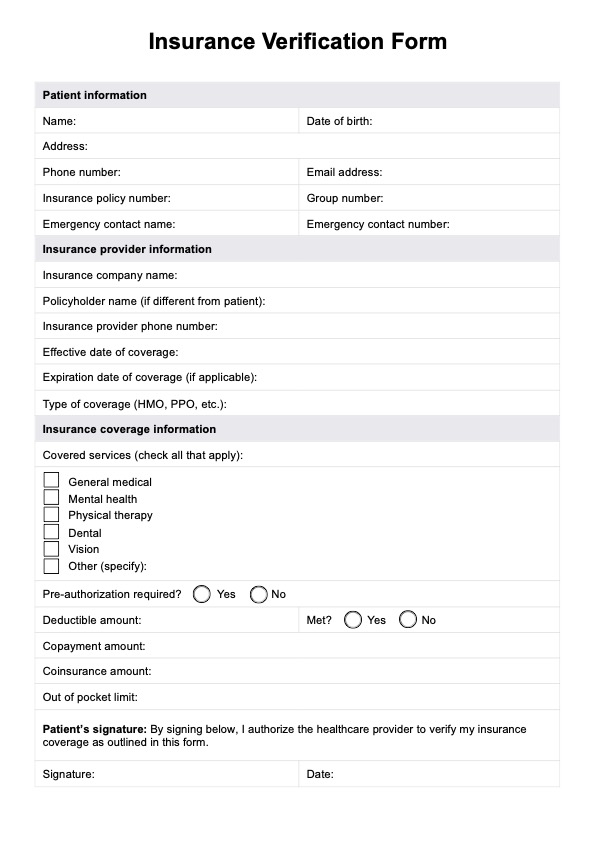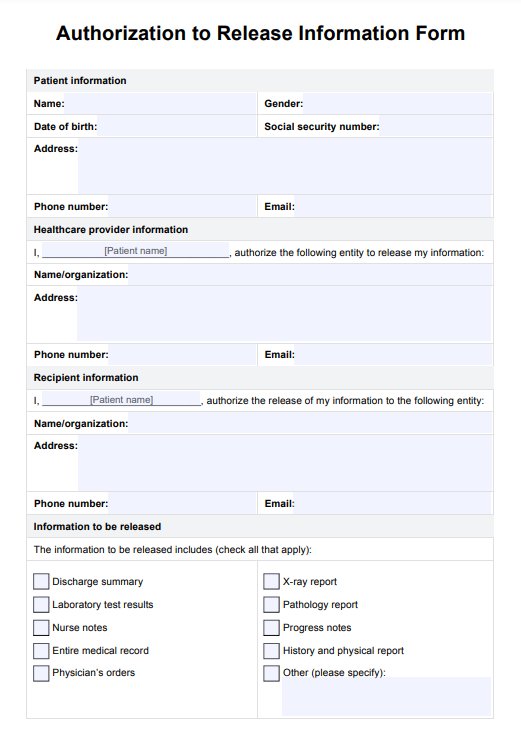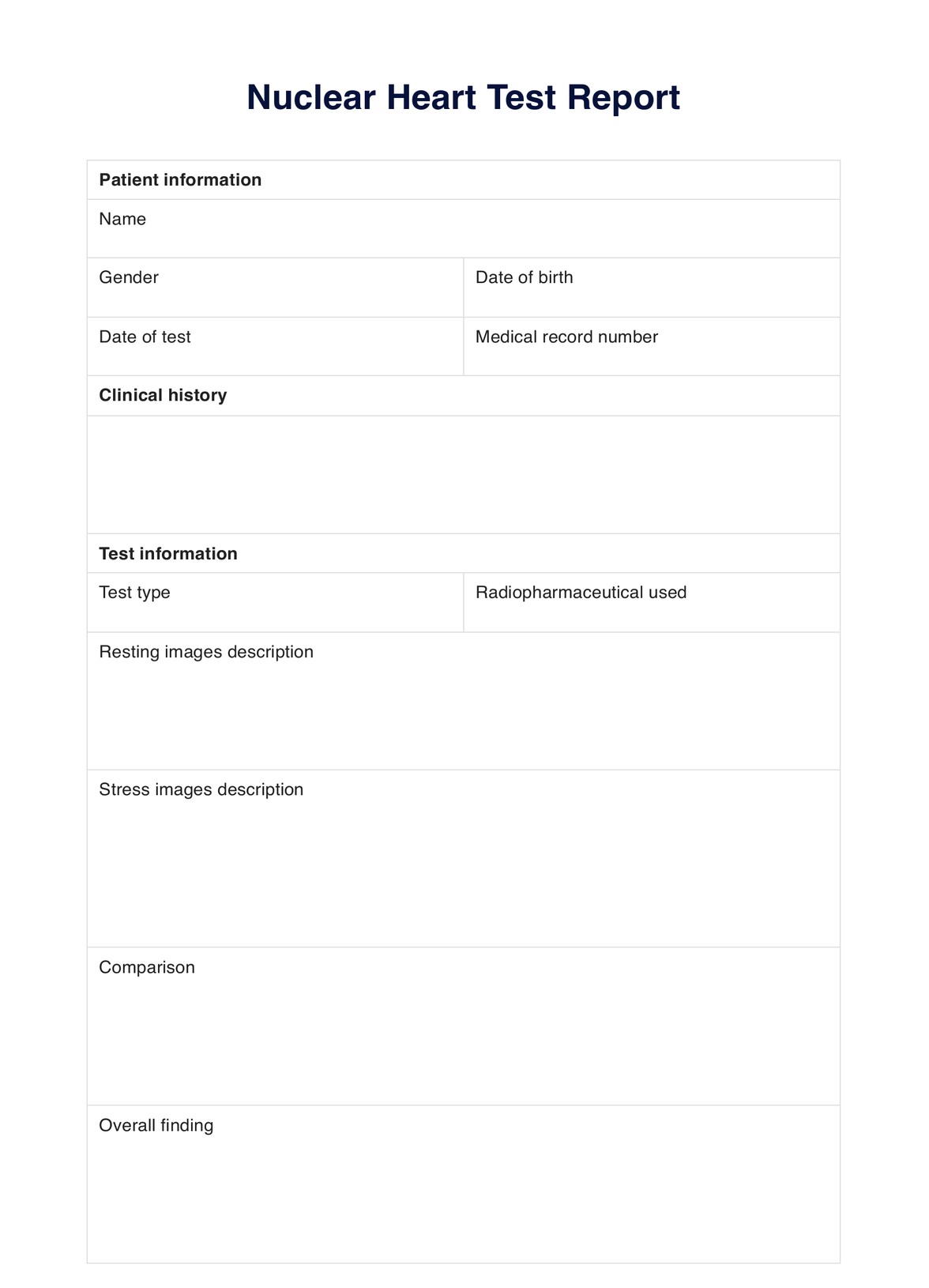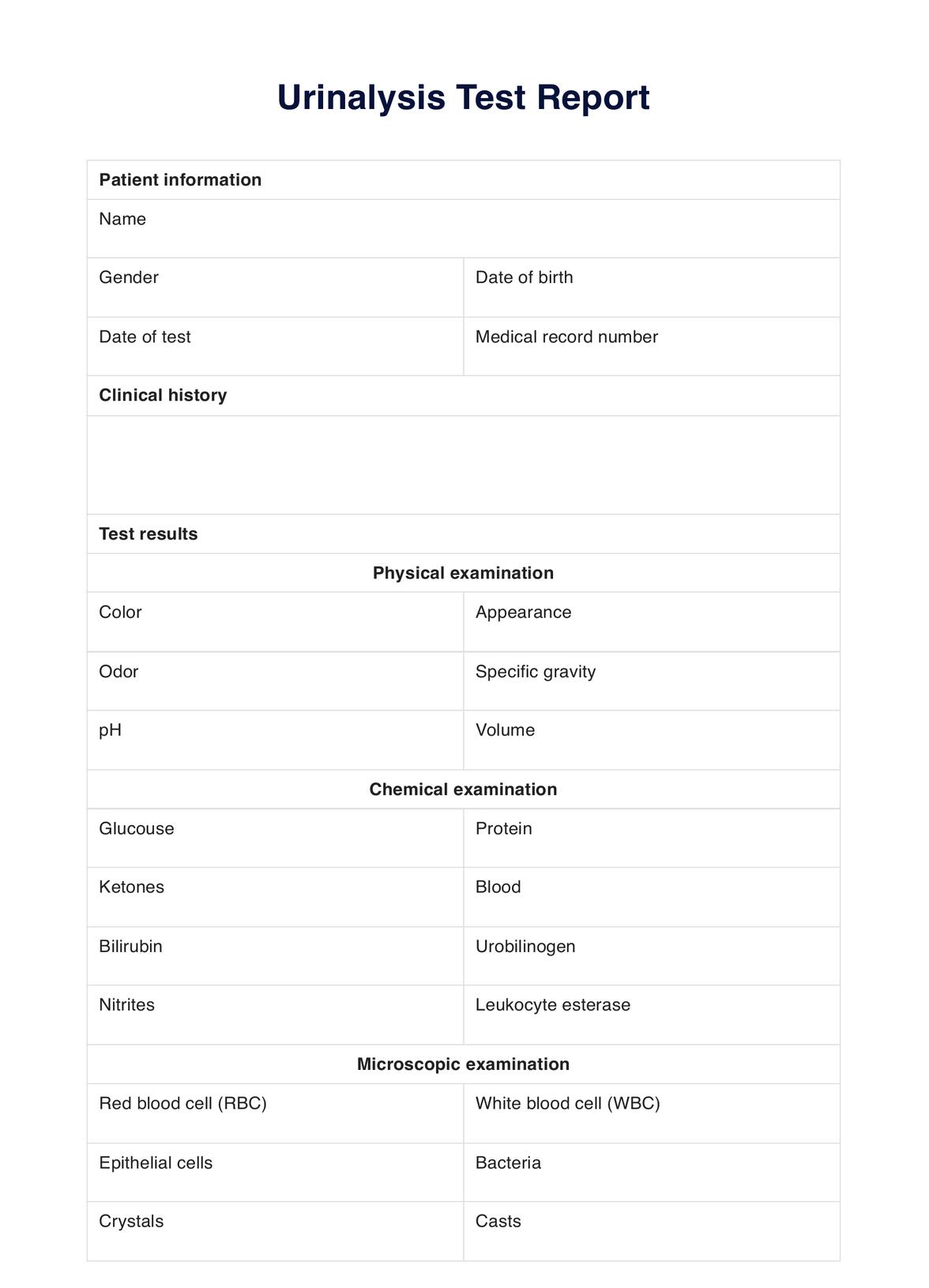Digit Symbol Substitution Test
Unlock the potential of the Digit Symbol Substitution Test with our comprehensive guide and example. Enhance your cognitive skills with a free PDF download.


What is the Digit Symbol Substitution Test?
The Digit Symbol Substitution Test (DSST) is a simple test that can measure a range of factors impacting cognitive functioning. In a nutshell, the DSST involves the patient matching as many symbols to the correct digits as they can in 120 seconds. The action of matching the correct symbol to the digits, and then copying out the corresponding symbol by hand, involves several cognitive operations such as processing speed, working memory, complex, attention, fine motor function, and oculomotor functions (Jaeger, 2018) and the DSST serves as a polyfactorial measure of these cognitive functions.
The DSST began its life as part of the Wechsler-Bellevue Intelligence Scale (Weschler, 1939), which later became the widely used Wechsler Adult Intelligence Scale (WAIS ), now in its fourth edition (Weschler, 2008). Although initially just one small part of a larger neuropsychological test, the DSST soon took on a life of its own due to its simplicity and sensitivity to a range of factors. Now, the DSST is one of the most commonly administered cognitive tests.
The DSST is a fast and simple test to conduct, and all you will need is a timer, a pen, and a copy of the DSST template. While we can't provide the pen- Carepatron has got you covered for the DSST template with our free Digit symbol substitution test PDF download.
Digit Symbol Substitution Test Template
Digit Symbol Substitution Test Example
What does the test measure?
To understand the polyfactorial nature of what the DSST measures, consider two volunteers completing the test. Both volunteers have identical cognitive performance in this case, however, because one volunteer has a slower writing speed due to a previous hand injury, she scores lower than the other volunteer who experiences no difficulty writing down the answers. Although the volunteers will have different scores, the lower score for the injured volunteer does not indicate cognitive impairment, but rather- the difference in fine motor function between volunteers.
There are many such examples like the above we could use to illustrate the fact that the DSST will not always be measuring only working memory, cognitive functioning, or even motor function- but rather, the combination of all of these cognitive operations at a given time. Impairment in any of these functions, therefore, can be measured by the DSST but it is not specific to any one cognitive operation. This means that answering the question "What does the DSST measure?" is not so simple! The fact is, the digit symbol substitution test measures a combination of factors at any one time, but this has actually proven to be a strength of the DSST.
How Does the Digit Symbol Substitution Test Work?
To start incorporating this free Digit Symbol Substitution Test into your clinical practice, just follow these simple steps below.
Step One- Download the Template
The first step is to get your hands on the DSST template. You can use the download link on this page to get your copy of the PDF and print out as many copies as you like for your patients.
Step Two- Explain the Test and Practice a Couple of Times
Before you start the test, it's important your patient understands exactly how to complete the assessment task. As well as explaining how to match the correct symbols with the corresponding digits, and that the aim is to match as many pairs as possible in the allowed time- it can be helpful to have a couple of practice questions for them to complete prior to starting the timer.
Step Three- Start the Test
Once your patient is confident that they understand how to match a digit with its corresponding symbol, start the timer. The normal allotted time is 120 seconds (Jaeger, 2018), but this could be 90 seconds or less, as long as it is consistent.
Step Four- Score the Test
Scoring of the DSST is simple, the number of correct symbol-digit pairs your patient matches in the allowed time is their score. Once you have your patient's score, enter it into the space provided.
Step Five- Add any Additional Notes
It's important to compare your patient's results to reference values or to their previous results. Add in any other important context like new interventions they have engaged in since the last test, or any other factors that may have influenced their score.
What do the Digit Symbol Substitution Test Results Mean?
The results of the Digit Symbol Substitution Test should be interpreted within the proper context. This could include taking into account your patient's age, motor ability, or any conditions or injuries that could be impacting your patient's DSST result.
When comparing DSST scores between groups, or over time, its important to establish a baseline value prior to any interventions, or using a control group.
Who can use the Digit Symbol Substitution Test?
The Digit Symbol Substitution Test can be used by many different healthcare practitioners due to its wide applicability and sensitivity to different aspects of cognitive performance.
Healthcare practitioners who may routinely use the DSST include:
- Neurologists
Neurologists may need to evaluate the cognitive functioning of patients following a traumatic brain injury, stroke, or other neurological impairment. The DSST can be used to identify cognitive impairments, and has even been linked with the severity of TBI (Martin et al., 2000), but does not give an indication as to the causes of the impairment (Jaeger, 2018). As such, the DSST is best suited for when the testing objective is not diagnosis, but identification of an impairment, or measuring change within a patient (Jaeger, 2018).
- Neuropsychologists
Neuropsychologists may use the DSST as part of a more comprehensive neuropsychological assessment, or as a standalone test to measure progress over time. Serial repetition of the DSST should be undertaken with caution, however, as taking the test more times is linked with improved ability in the test as patients become more familiar with the test (Beres and Baron, 1981).
- Clinical Psychologists
The DSST can be used by clinical psychologists as part of a psychological assessment, providing an effective method for identifying cognitive impairment. The DSST has also been researched extensively in the context of major depressive disorder, which has been linked with cognitive deficits across multiple domains including psychomotor speed as measured by the DSST (Lee et al., 2012).
References
Base rate data for the WAIS-R: Test-Retest stability and VIQ-PIQ differences. (n.d.). https://doi.org/10.1080/01688638408401227
Beres, C. A., & Baron, A. (1981). Improved Digit Symbol Substitution by Older Women as a Result of Extended Practice. Journal of Gerontology, 36(5), 591–597. https://doi.org/10.1093/geronj/36.5.591
Donders, J., Tulsky, D. S., & Zhu, J. (2001). Criterion validity of new WAIS-III subtest scores after traumatic brain injury. Journal of the International Neuropsychological Society : JINS, 7(7), 892–898.
Harman-Smith, Y. E., Mathias, J. L., Bowden, S. C., Rosenfeld, J. V., & Bigler, E. D. (2013). Wechsler Adult Intelligence Scale–Third Edition profiles and their relationship to self-reported outcome following traumatic brain injury. Journal of Clinical and Experimental Neuropsychology, 35(8), 785–798. https://doi.org/10.1080/13803395.2013.824554
Hawkins, K. A. (1998). Indicators of Brain Dysfunction Derived from Graphic Representations of the WAIS-III/WMS-III Technical Manual Clinical Samples Data: A Preliminary Approach to Clinical Utility. The Clinical Neuropsychologist, 12(4), 535–551. https://doi.org/10.1076/clin.12.4.535.7236
Jaeger, J. (2018). Digit Symbol Substitution Test: The Case for Sensitivity Over Specificity in Neuropsychological Testing. Journal of Clinical Psychopharmacology, 38(5), 513–519. https://doi.org/10.1097/JCP.0000000000000941
Lee, R. S. C., Hermens, D. F., Porter, M. A., & Redoblado-Hodge, M. A. (2012). A meta-analysis of cognitive deficits in first-episode Major Depressive Disorder. Journal of Affective Disorders, 140(2), 113–124. https://doi.org/10.1016/j.jad.2011.10.023
Martin, T. A., Donders, J., & Thompson, E. (2000). Potential of and problems with new measures of psychometric intelligence after traumatic brain injury. Rehabilitation Psychology, 45(4), 402–408. https://doi.org/10.1037/0090-5550.45.4.402
Rosano, C., Perera, S., Inzitari, M., Newman, A. B., Longstreth, W. T., & Studenski, S. (2016). Digit Symbol Substitution test and future clinical and subclinical disorders of cognition, mobility and mood in older adults. Age and Ageing, 45(5), 687–694. https://doi.org/10.1093/ageing/afw116
Wechsler D. (2008) Wechsler Adult Intelligence Scale—Fourth Edition. Bloomington, MN: PsychCorp, an imprint of Pearson Clinical Assessment.
Commonly asked questions
There are quite a few differences between a Digit Span Test and the DSST. The Digit Span Test measures short-term auditory memory, whereas the DSST measures processing speed, executive function, and several other cognitive performance measures. In the DSST participants match symbols to the correct digit by hand, or alternatively, verbally, whereas in the Digit Span Test, patients repeat a series of digits read out to them in the same order they were read- or for the backward version, repeat the digits in reverse order.
Due to the wide range of performance measures that the DSST is sensitive to, it can be used in a range of situations from clinical neuropsychology to a psychiatric clinical evaluation. As well as its clinical applications, the DSST is a useful measure for researchers as a standardized measure of many different cognitive operations, as well as high test-retest reliability (Rosano et al., 2016).
Test-retest reliability refers to the stability of the result of a psychological assessment over time. This is an important measure as high test-retest reliability reduces the probability that different results obtained from the same individual over time are due to variations in the test itself. The test-retest reliability of the DSST makes it a great candidate for use in psychological investigation or research.


